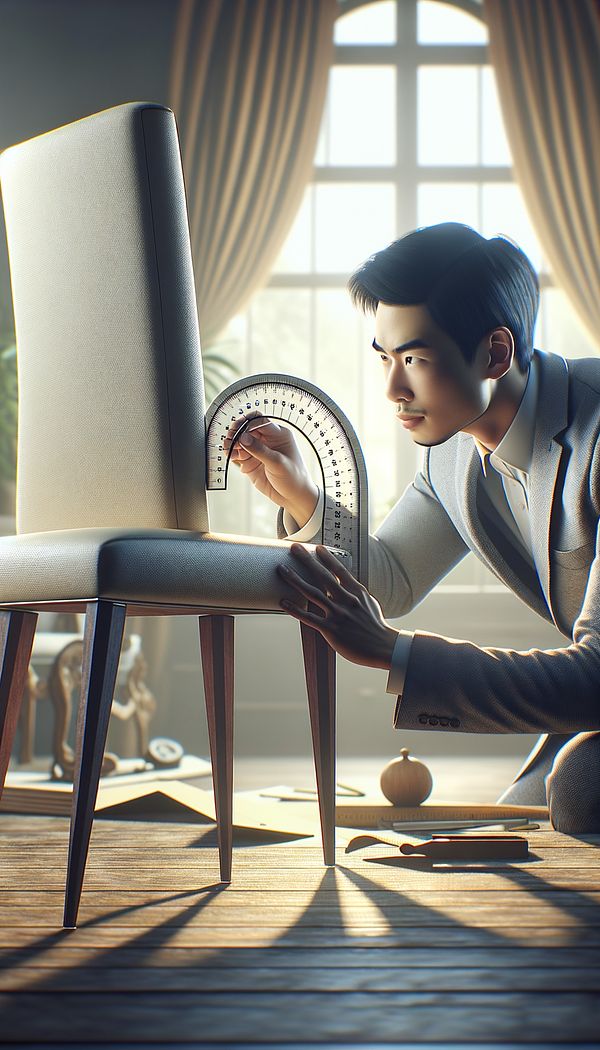What is Rake?
Rake refers to the angle of slope of a wall or other surface.
Description
In interior design, the term "rake" is often used to describe the angle of incline or slope of a wall or other surface from the vertical. It's a term borrowed from architectural language, where it’s commonly applied in discussing the slant of roofs, ceilings, or the incline of staircases. However, in the context of interior design, rake can also relate to the positioning of objects like artwork, mirrors, or furniture that might be tilted for a stylistic effect or to meet ergonomic needs.
Understanding rake is crucial when designing spaces that feel balanced and comfortable. For example, the rake of a chair's back can significantly affect its comfort and usability. Similarly, the rake of a pitched ceiling influences the room’s spatial perception, making it feel either more open and airy or more confined.
Professionals in the field often consider this concept when planning room layouts or detailing custom furniture and build-ins, ensuring that the angles contribute to the overall harmonious design.
Usage
Architects and interior designers may calculate the rake of a ceiling to ensure it provides adequate headroom while also complementing the room's aesthetic. A furniture designer might adjust the rake of a chair back for comfort and style. Art installers often consider the rake when hanging pictures, ensuring they are tilted at a precise angle for optimal viewing.
FAQs
-
How is rake measured?
Rake is usually measured in degrees from the vertical. A completely vertical wall has a rake of 0 degrees, whereas one sloping back at a 45-degree angle would be described as having a 45-degree rake.
-
Can rake affect a room's lighting?
Yes, the rake of walls or ceilings can significantly influence how light is distributed throughout a room. Sloped surfaces may either reflect light and brighten a space or create shadow areas, depending on their angle and finish.
-
Is there an ideal rake for furniture?
While there's no one-size-fits-all answer, ergonomics play a crucial role in determining the ideal rake for furniture. Chairs, for instance, typically have a back rake that supports comfortable seating for extended periods.
Practical Application
When designing or renovating, it's important to consider the rake of architectural elements and furniture. For walls and ceilings, use a level and protractor to accurately measure angles. For furniture, consider the rake in relation to comfort and stylistic preferences. Experimenting with different angles can dramatically change the look and feel of a space.
-
Architectural Elements199 articles
-
Design Styles478 articles
-
Furniture Types599 articles
-
Decorative Techniques322 articles
-
Accessibility & Ergonomics30 articles
-
EmbossedEmbossed refers to a surface decorated with a raised or recessed design.
-
Fiddle BackFiddle back refers to a type of chair back characterized by a central splat that resembles a violin.
-
Steam BendingSteam bending is a woodworking process where steam is used to soften wood, making it pliable enough to be easily shaped into curves.
-
Open PlanOpen plan refers to a floor layout without walls or barriers between different living spaces.
-
Baker’s RackA Baker’s Rack is a type of furniture designed to store and display items, often used in kitchens for cooling baked goods as well as for ornamental display.
